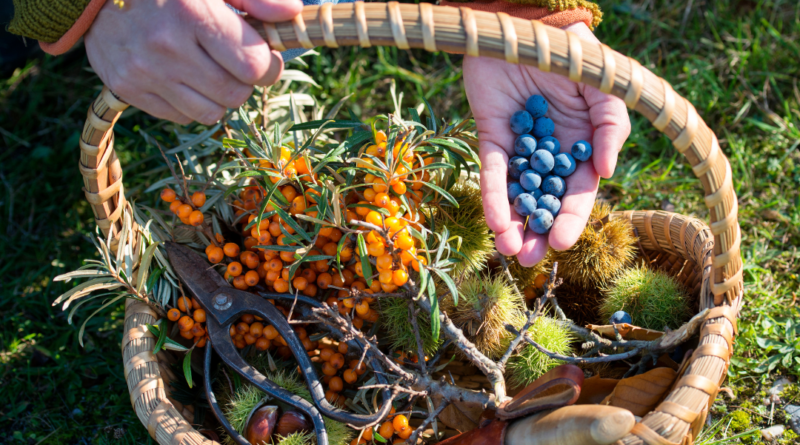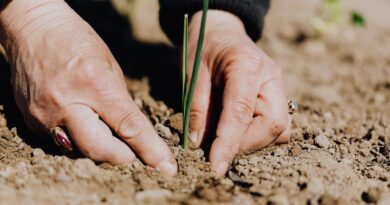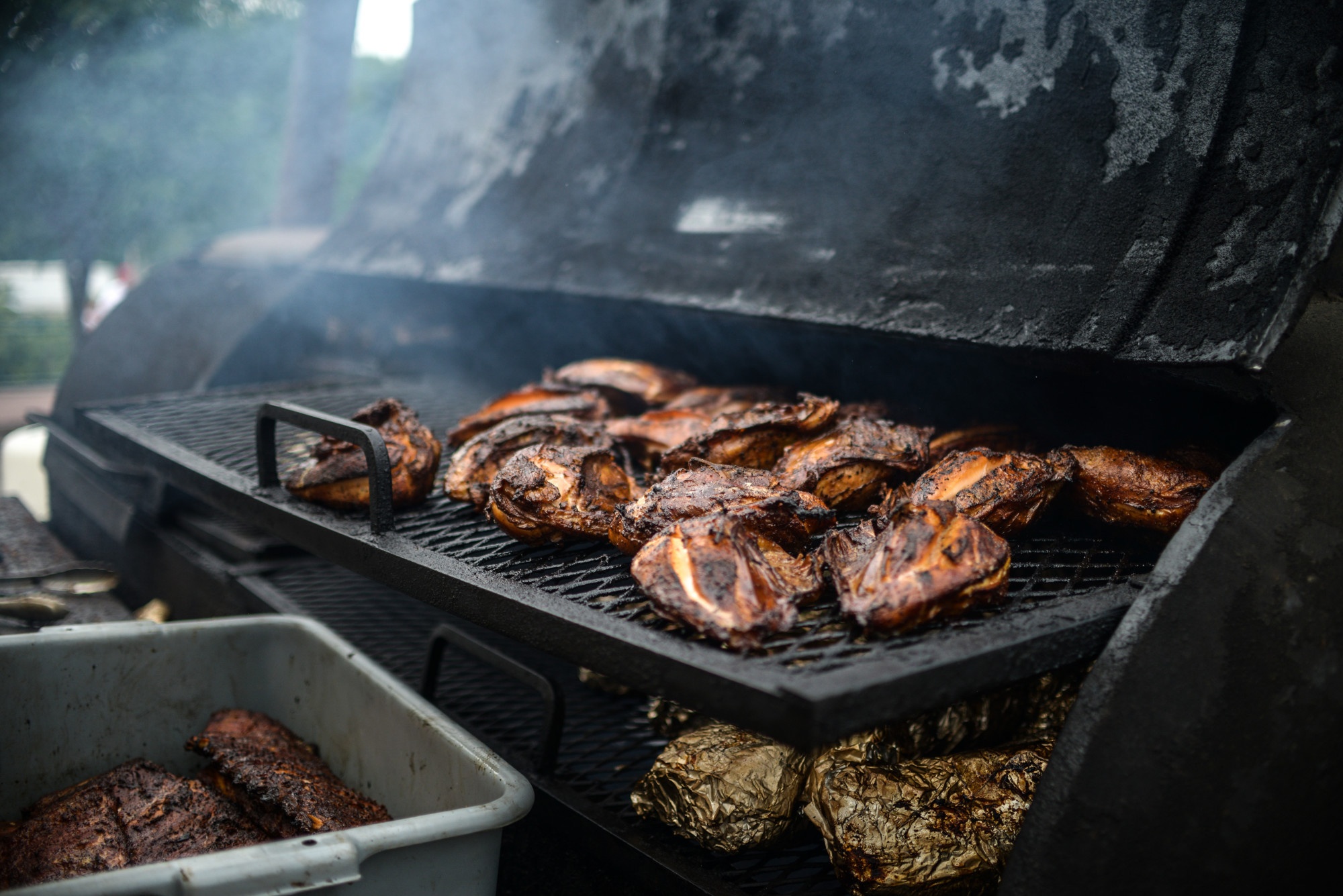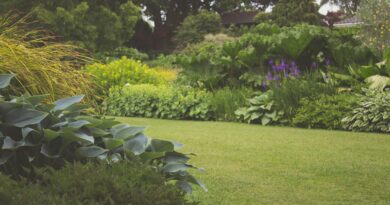A Guide to Unveiling Nature’s Bounty through Urban Foraging
Nestled within the bustling streets and towering skyscrapers of our modern cities lies a hidden treasure trove of wild edibles, patiently awaiting discovery by those willing to explore. Urban foraging, once relegated to the realms of niche enthusiasts, has emerged as a burgeoning movement, offering a sustainable and deeply fulfilling means of reconnecting with nature amidst the sprawling concrete jungle. As we embark on this journey together, let us peel back the layers of urban life to uncover the abundance of edible delights that flourish in the most unexpected of places.
In this comprehensive guide, we invite you to join us on an exploration of the world of urban foraging, where each crack in the sidewalk and patch of greenery holds the promise of a culinary adventure. Together, we will navigate the bustling cityscapes, discovering hidden pockets of biodiversity and unearthing a wealth of flavors and nutrients overlooked by many. Through firsthand accounts and expert insights, we will shed light on the joys and challenges of urban foraging, providing you with the knowledge and confidence to embark on your own foraging expeditions. So, lace up your boots, grab your foraging gear, and prepare to immerse yourself in the vibrant tapestry of life thriving amidst the concrete jungle.
What is Urban Foraging?
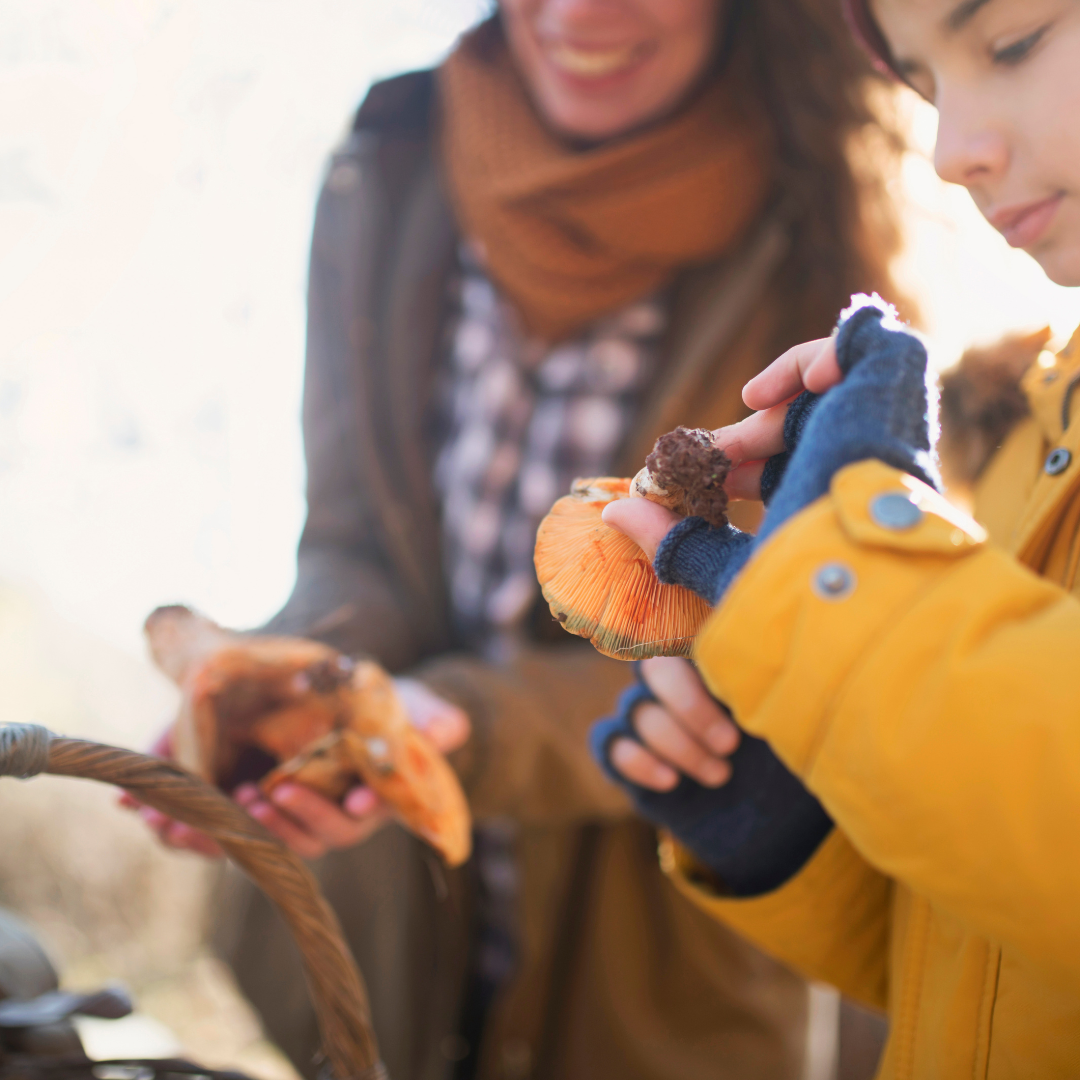 Urban foraging is the practice of gathering wild plants, fruits, nuts, and mushrooms from urban environments such as parks, green spaces, and even city sidewalks. Unlike traditional foraging in rural areas, urban foraging harnesses the overlooked resources of the concrete jungle, transforming ordinary walks into foraging expeditions. Amidst the hustle and bustle of city life, urban foraging offers a unique opportunity to reconnect with nature and discover the bounty hidden within our urban landscapes.
Urban foraging is the practice of gathering wild plants, fruits, nuts, and mushrooms from urban environments such as parks, green spaces, and even city sidewalks. Unlike traditional foraging in rural areas, urban foraging harnesses the overlooked resources of the concrete jungle, transforming ordinary walks into foraging expeditions. Amidst the hustle and bustle of city life, urban foraging offers a unique opportunity to reconnect with nature and discover the bounty hidden within our urban landscapes.
In urban environments, seemingly mundane locations like abandoned lots and roadside verges become rich hunting grounds for wild edibles. The plants that thrive in these urban habitats often possess remarkable resilience and adaptability, flourishing amidst the chaos of city living. From the vibrant greens of dandelion leaves to the delicate blooms of elderflowers, each plant tells a story of survival and adaptation in the face of urbanization.
Venturing into the urban wilderness requires a keen eye for identifying edible plants and a sense of adventure to explore the unexpected corners of the city. As urban foragers roam the streets and parks, they uncover a world of culinary possibilities hidden in plain sight. With each harvest, they not only gather sustenance but also forge a deeper connection with the natural world thriving amidst the concrete jungle.
Why Urban Foraging?
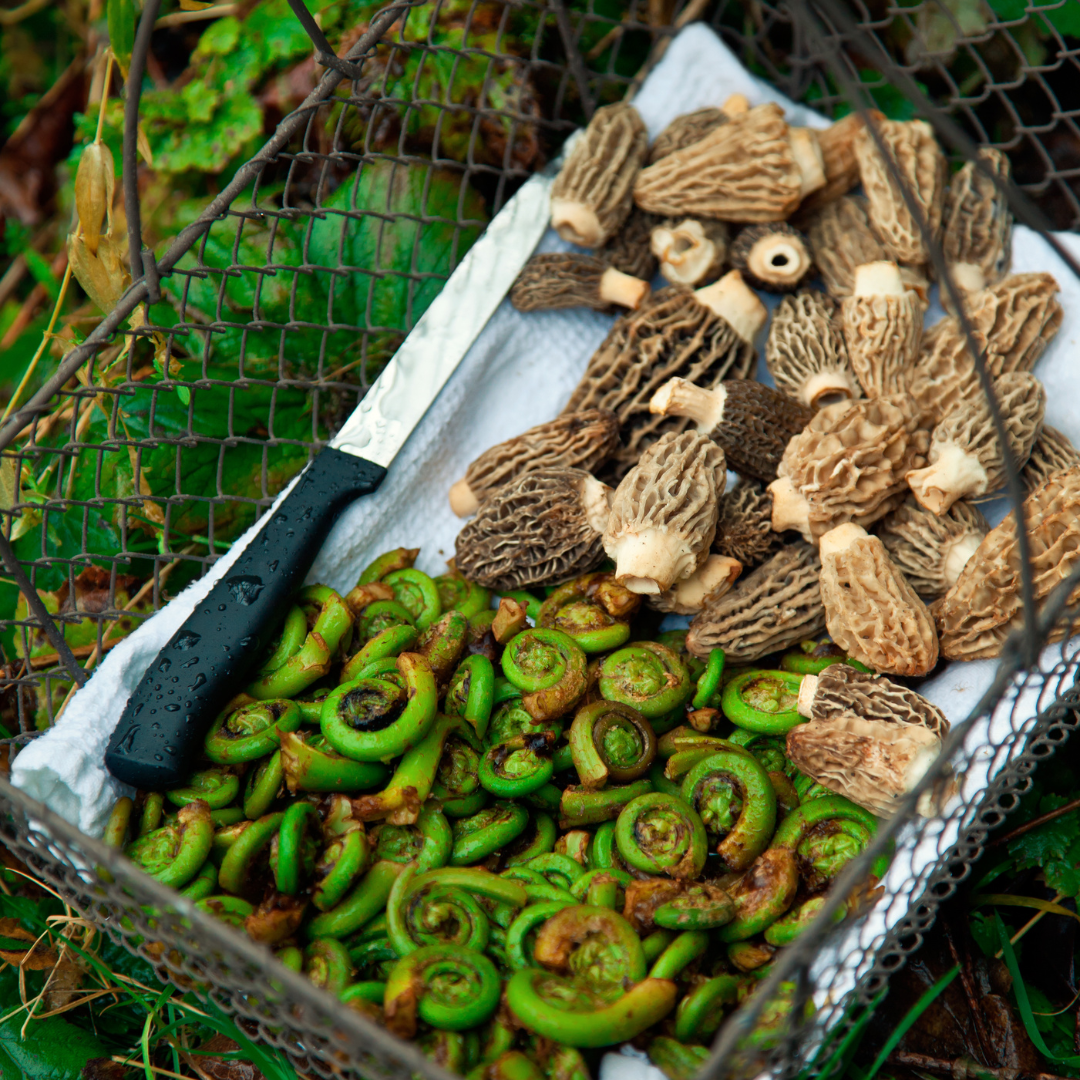
1. Access to Fresh, Organic Produce:
Urban foraging provides an opportunity to access fresh, organic produce free of charge, reducing reliance on store-bought goods and promoting a more sustainable lifestyle. In a world where access to fresh, healthy food can be limited by financial constraints or geographic location, urban foraging democratizes the availability of nutritious ingredients. By simply stepping outside one’s doorstep, individuals can discover a wealth of edible plants and fruits growing in their own neighborhoods, empowering them to take control of their food sources and embrace a more self-sufficient way of life. Moreover, by harvesting directly from nature, urban foragers bypass the environmental costs associated with industrial agriculture, such as chemical pesticides, excessive packaging, and long-distance transportation.
2. Connection with Nature:
Amidst the hustle and bustle of city life, urban foraging offers a chance to reconnect with nature, fostering a deeper appreciation for the environment and its offerings. For many urban dwellers, the natural world can feel distant and inaccessible, relegated to distant parks or nature reserves. However, by engaging in the practice of urban foraging, individuals can rediscover the beauty and abundance of nature right in their own backyards. Whether it’s admiring the delicate blooms of wildflowers, savoring the earthy aroma of freshly harvested herbs, or simply listening to the rustle of leaves in the wind, urban foraging provides moments of tranquility and wonder amidst the urban landscape. This connection with nature not only nourishes the body but also nourishes the soul, offering respite from the stresses of modern life and reminding us of our interconnectedness with the natural world.
3. Reduction of Food Waste:
By harvesting wild edibles that often go unnoticed or discarded, urban foraging helps reduce food waste and promotes a more conscientious approach to consumption. In a society where vast quantities of food are wasted each day, from farm to fork and beyond, urban foraging offers a sustainable solution to this pressing issue. By utilizing overlooked resources such as wild greens, fruits, and herbs, urban foragers divert edible food from ending up in landfills, which would contribute to greenhouse gas emissions and environmental degradation. Instead, they transform these neglected treasures into nourishing meals, embodying the principles of resourcefulness and stewardship. Through the practice of urban foraging, individuals can play a small but meaningful role in combating food waste and building a more sustainable food system for future generations.
Getting Started with Urban Foraging:
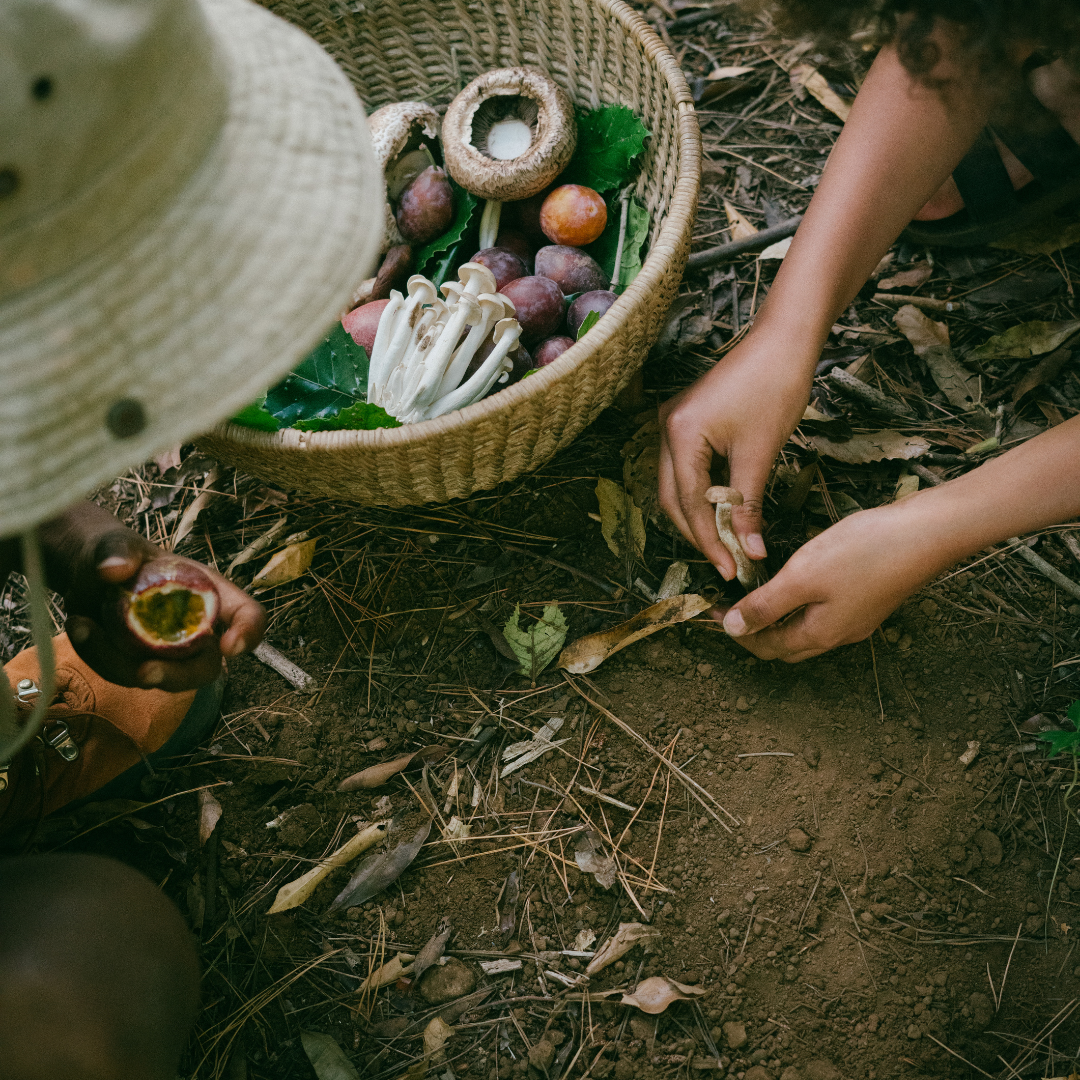
1. Safety First:
Before embarking on any foraging expedition, familiarize yourself with common poisonous plants and take precautions to avoid potential risks such as pollution and pesticide contamination. It’s essential to educate yourself on the local flora and fauna, particularly identifying plants that may be toxic or harmful if ingested. Invest in reliable field guides or smartphone apps that provide accurate information on plant identification and potential hazards. Additionally, consider taking a foraging workshop or joining a local foraging group to learn from experienced practitioners and gain practical skills in safe foraging practices. Furthermore, be mindful of the environmental conditions in urban areas, which may expose foraged foods to pollutants and contaminants. Avoid foraging near busy roadsides, industrial sites, or areas with known environmental pollution. Instead, focus on green spaces and parks that are less likely to be affected by human activities. By prioritizing safety and environmental awareness, urban foragers can enjoy the abundance of nature while minimizing potential risks to their health and well-being.
2. Know Your Plants:
Investing in a reputable field guide or smartphone app is invaluable for accurately identifying wild edibles during urban foraging expeditions. These resources provide detailed descriptions, photographs, and key characteristics of various plants, enabling foragers to confidently distinguish between edible species and their potentially harmful counterparts. By carrying a reliable identification tool, such as a well-illustrated field guide or a user-friendly app, foragers can enhance their knowledge and make informed decisions about which plants to harvest for consumption.
For beginners, it’s advisable to start with easy-to-recognize plants that have distinct features and are commonly found in urban environments. Dandelions, with their familiar yellow flowers and toothed leaves, are a ubiquitous sight in parks and lawns and offer nutritious greens and edible flowers. Wild garlic, identifiable by its pungent aroma and long, slender leaves, thrives in shaded woodland areas and adds a delightful garlic flavor to dishes. Plantain, with its broad, ribbed leaves and low-growing habit, can be found along pathways and sidewalks and is prized for its medicinal properties and culinary versatility. By focusing on these beginner-friendly plants, novice foragers can build confidence and gradually expand their repertoire as they become more comfortable with the practice of urban foraging.
3. Scout Locations:
Exploring local parks, community gardens, and green spaces is key to identifying potential foraging spots in urban environments. These areas often harbor a diverse array of wild edibles, from leafy greens to fruit-bearing trees, providing ample opportunities for foragers to discover nature’s bounty. Take leisurely strolls through these green oases, observing the flora and keeping an eye out for familiar edible plants. Pay attention to areas with rich biodiversity, such as wooded areas, meadows, and riparian zones, where wild edibles are more likely to thrive. By immersing yourself in these natural habitats, you’ll gradually develop an understanding of the seasonal rhythms and ecological niches that shape urban foraging opportunities.
However, it’s important to be mindful of any regulations or restrictions regarding foraging in public areas. While many parks and green spaces permit foraging for personal use, others may have rules in place to protect sensitive ecosystems or prevent overharvesting. Before plucking wild edibles from public lands, familiarize yourself with local ordinances and guidelines governing foraging activities. Respect any posted signs or regulations, and prioritize sustainable harvesting practices to minimize impact on the environment. By foraging responsibly and adhering to established rules, urban foragers can enjoy the abundance of nature while preserving the integrity of public spaces for future generations.
4. Harvesting Techniques:
Practicing sustainable harvesting techniques is essential for the long-term health of urban ecosystems and the continuation of foraging opportunities. One fundamental principle of sustainable foraging is to only take what you need, harvesting in moderation to ensure the survival and reproduction of plant populations. By exercising restraint and avoiding overharvesting, foragers can maintain the balance between human consumption and natural regeneration, allowing wild edibles to thrive in their urban habitats. Additionally, leaving enough for wildlife ensures that other creatures dependent on these resources can also benefit from the abundance of nature, supporting the overall biodiversity of urban environments.
Moreover, it’s crucial to minimize damage to plants and their habitats while foraging. Be gentle when harvesting, using sharp scissors or knives to make clean cuts and avoiding unnecessary trampling or disturbance of surrounding vegetation. Respect the interconnectedness of plant communities and their role in supporting wildlife and ecosystem services. By treading lightly and treating nature with care and reverence, foragers can foster a harmonious relationship with the environment and contribute to the preservation of urban biodiversity for future generations to enjoy.
Common Urban Foraging Finds:
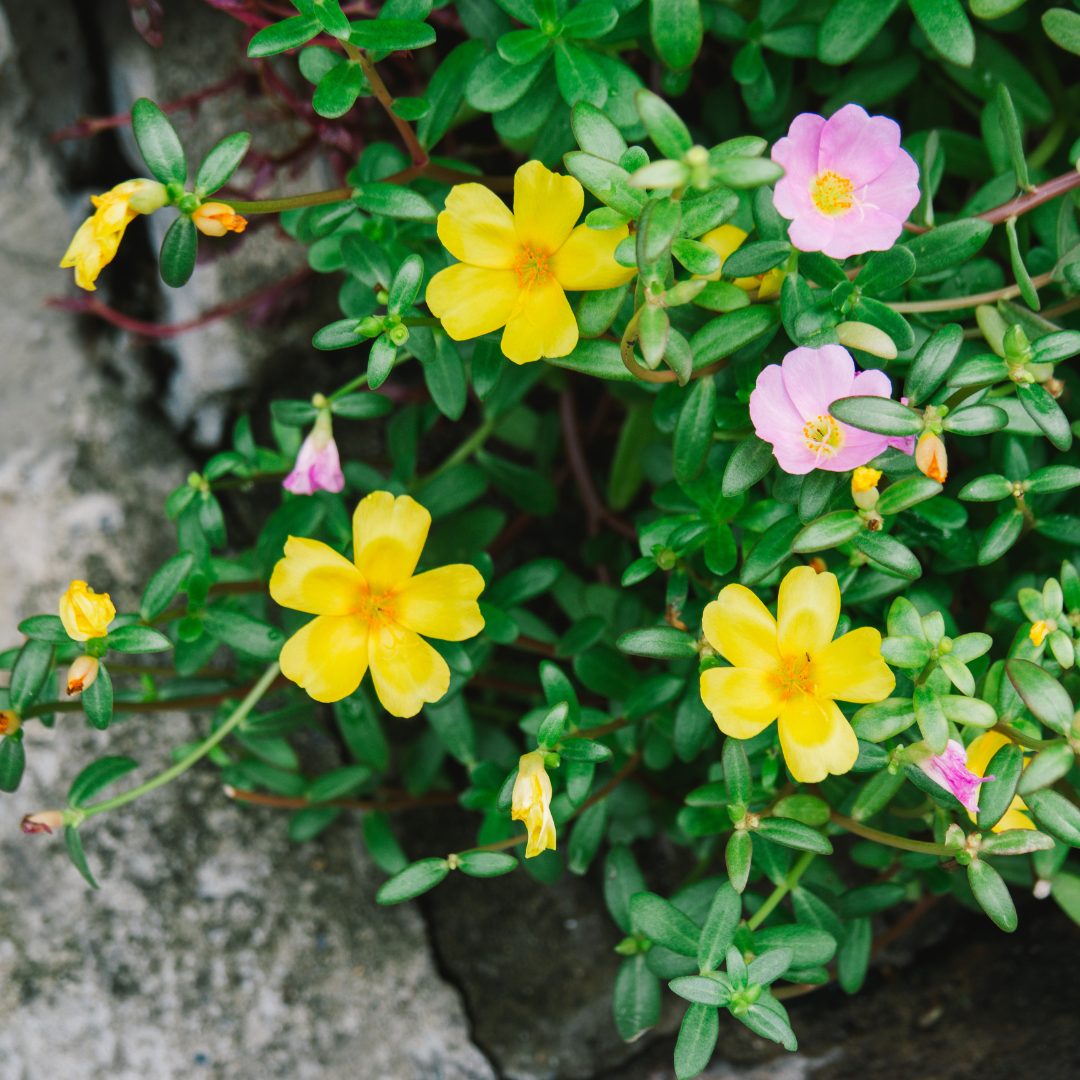
1. Dandelions:
Dandelions, often dismissed as weeds, are actually a treasure trove of nutrition and culinary versatility. Their tender, slightly bitter leaves can be enjoyed raw in salads or sautéed as a nutritious green. The bright yellow flowers add a pop of color to dishes and can be used to make dandelion wine or infused into syrups for a floral twist. Additionally, dandelion roots can be roasted and ground to make a caffeine-free coffee substitute or brewed into herbal teas known for their detoxifying properties. Embracing dandelions as an edible resource not only expands culinary horizons but also promotes a more sustainable approach to food consumption by utilizing what many consider to be a nuisance plant.
2. Purslane:
Purslane, with its succulent leaves and tangy flavor, is a nutritional powerhouse hiding in plain sight in urban environments. Often found growing between cracks in sidewalks or along garden paths, purslane is rich in omega-3 fatty acids, vitamins, and minerals. Its crisp texture and citrusy taste make it a refreshing addition to salads, sandwiches, and wraps. Purslane can also be cooked as a nutritious vegetable, adding a burst of flavor to soups, stews, and stir-fries. Embracing purslane as an edible green not only elevates the culinary experience but also promotes sustainable living by utilizing an abundant and often overlooked resource.
3. Chickweed:
Chickweed, with its delicate and tender leaves, is a humble yet abundant herbaceous plant that thrives in gardens, lawns, and even cracks in pavement. Despite its unassuming appearance, chickweed offers a delightful addition to culinary creations with its mild, slightly nutty flavor and crisp texture. Whether tossed fresh into salads or lightly sautéed to enhance its earthy notes, chickweed adds a refreshing touch to a variety of dishes. Its versatility makes it a favorite among foragers looking to incorporate wild greens into their meals, offering a nutritious and flavorful alternative to store-bought greens. By embracing chickweed as an edible plant, foragers not only expand their culinary repertoire but also develop a deeper appreciation for the abundance of nature found in urban environments.
4. Wild Garlic:
Wild garlic, recognizable by its distinctive pungent aroma, is a prized find for foragers exploring shady woodland areas and damp forest floors. This flavorful herbaceous plant adds a subtle garlic kick to dishes without overpowering other flavors, making it a versatile ingredient in the kitchen. Wild garlic leaves can be chopped and added to soups, sauces, and pestos to impart a delicate garlic essence, while the bulbs can be pickled or used to infuse oils and vinegars. Its abundance in certain regions and ease of identification make wild garlic a popular choice for urban foragers seeking to incorporate wild flavors into their cooking. By foraging for wild garlic, enthusiasts not only enjoy its culinary benefits but also deepen their connection with nature and the seasonal rhythms of the forest.
Legal Considerations and Ethical Foraging:
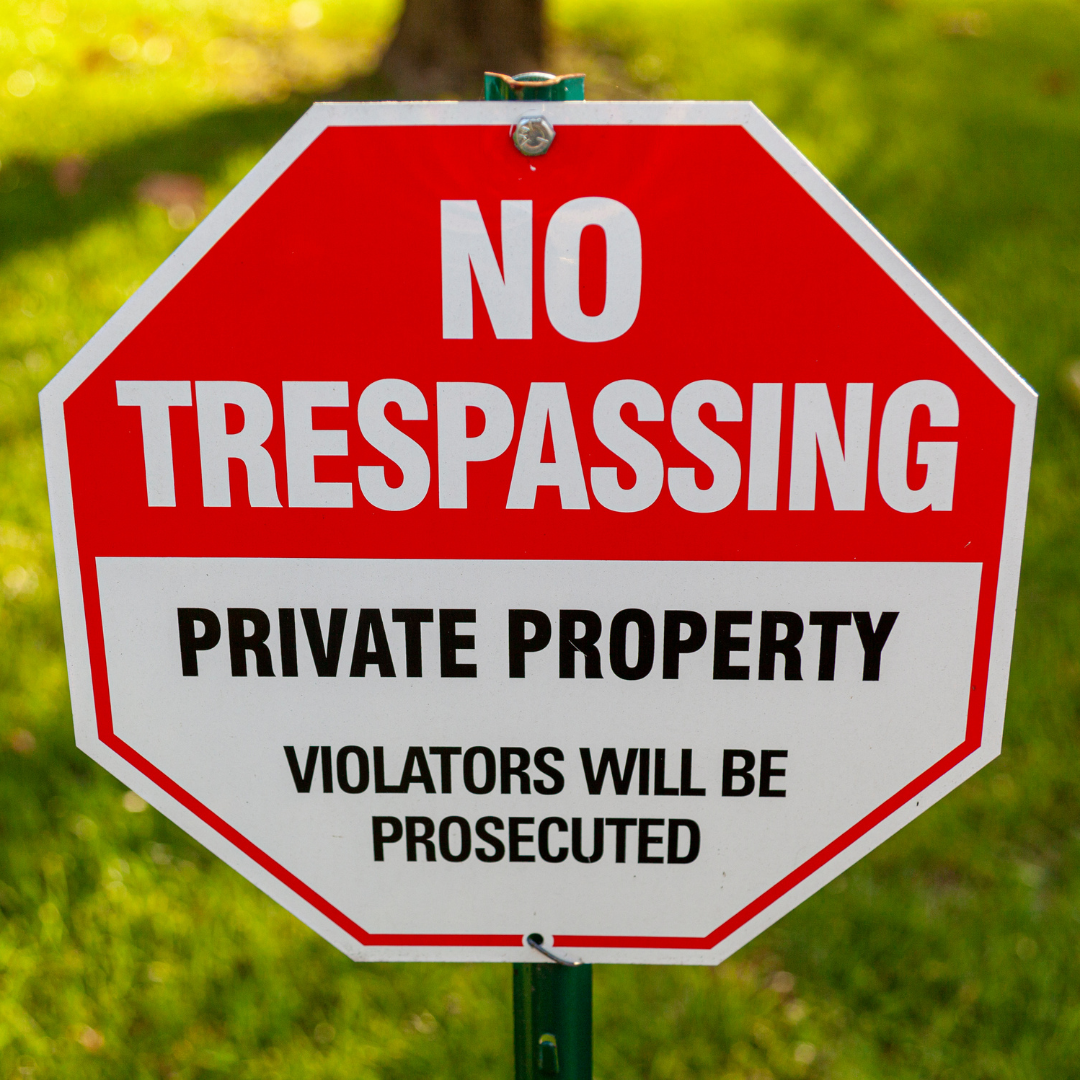
Before embarking on any foraging expedition, it’s crucial to familiarize yourself with local regulations and laws governing the harvesting of wild edibles in urban areas. Each locality may have specific rules in place to protect sensitive ecosystems, prevent overharvesting, and ensure public safety. By taking the time to research and understand these regulations, foragers can avoid inadvertently violating laws and contributing to environmental degradation.
Respecting private property rights is paramount when foraging in urban environments, as many wild edibles may grow on private land. Always seek permission from landowners before harvesting on private property, and be mindful of any posted signs or restrictions. Additionally, foragers should avoid harvesting endangered or protected species to help preserve biodiversity and prevent further decline of vulnerable plant populations. By practicing sustainable harvesting techniques and respecting local regulations, foragers can enjoy the benefits of urban foraging while minimizing their impact on the environment.
Join the Urban Foraging Community:
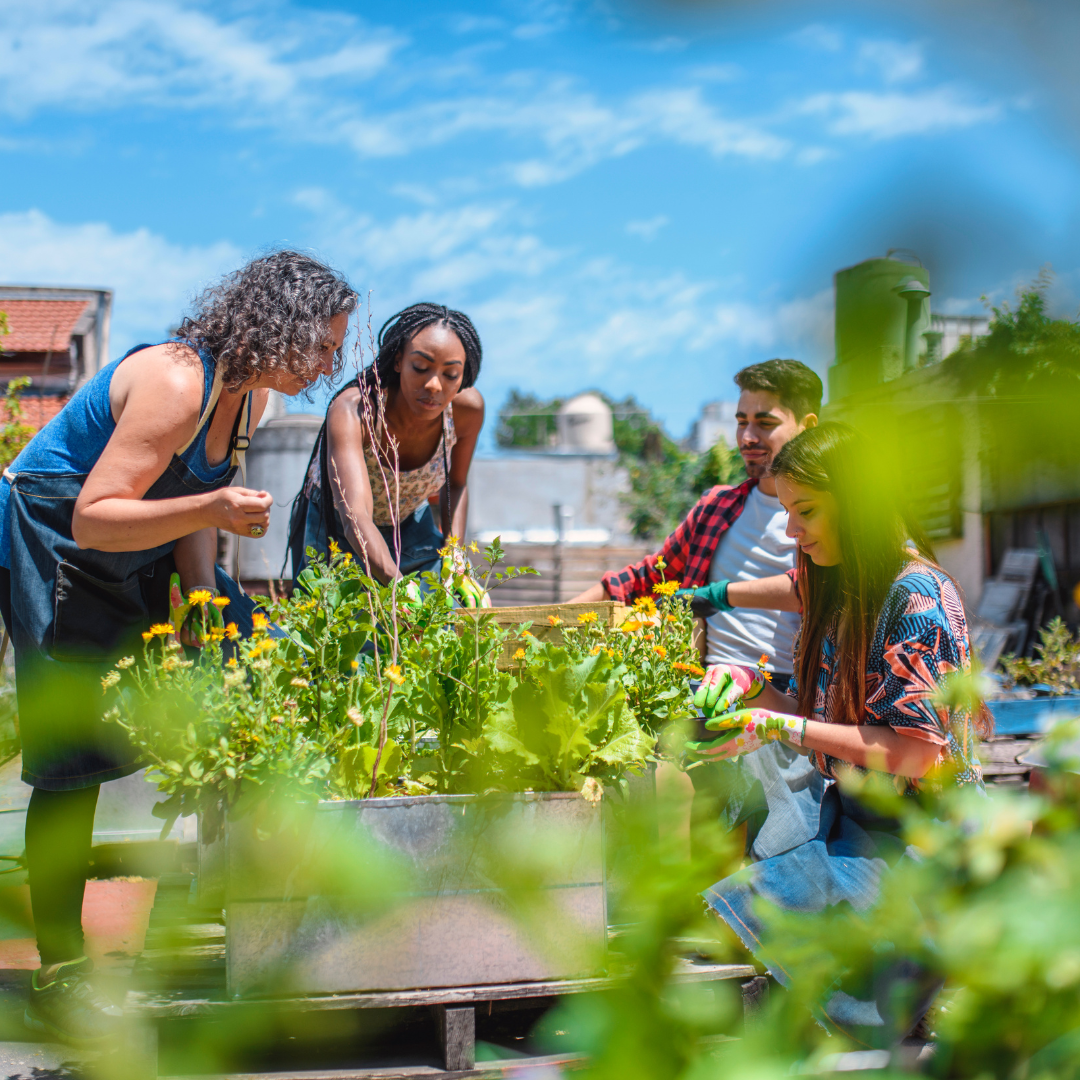
Connect with like-minded foragers by joining online forums, local foraging groups, or attending workshops and events. These platforms provide valuable opportunities to connect with fellow enthusiasts, share knowledge, and exchange tips and tricks for successful foraging adventures. By engaging with the foraging community, individuals can cultivate new friendships, expand their understanding of wild edibles, and discover hidden foraging spots in their local area.
Participating in online forums and local groups allows foragers to share their experiences, ask questions, and seek advice from more experienced members. Whether it’s discussing favorite foraging locations, sharing recipes, or troubleshooting identification challenges, these communities provide a supportive and collaborative environment for foragers of all skill levels. Additionally, attending workshops and events offers hands-on learning experiences and the chance to connect with experts in the field. By actively participating in the foraging community, individuals can foster a sense of belonging and contribute to the collective knowledge base of urban foraging, ultimately promoting sustainable living and a deeper connection with nature.
Conclusion:
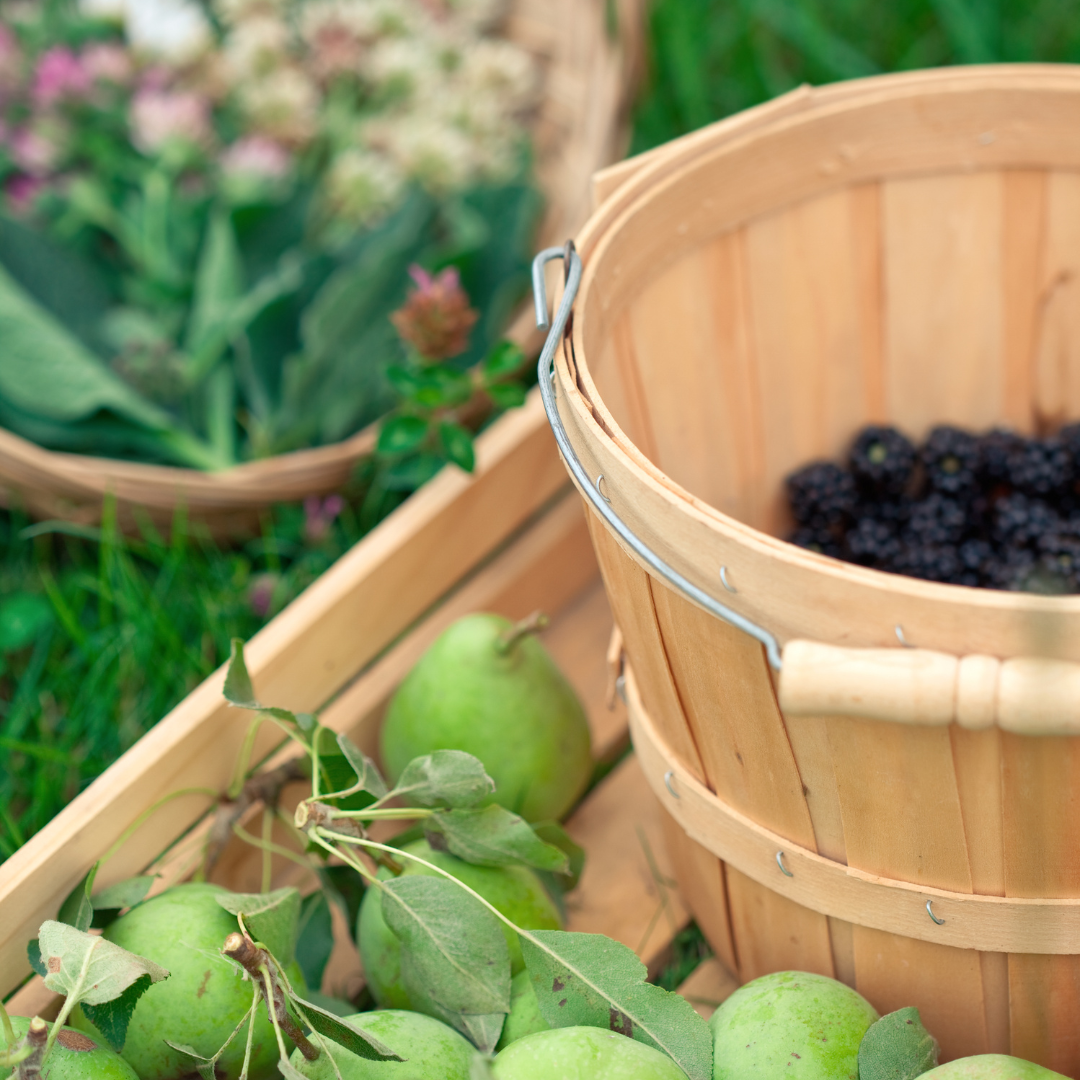
Urban foraging offers a gateway to a world of culinary delights and natural wonders hidden in plain sight amidst the hustle and bustle of urban life. In a society often disconnected from the rhythms of the natural world, embracing this ancient practice allows us to rekindle our relationship with the environment and tap into the abundance of resources that surround us, even within the confines of the concrete jungle. Through the simple act of foraging, we can embark on a journey of exploration, discovery, and connection, immersing ourselves in the rich tapestry of flavors, textures, and scents that await us just beyond our doorstep.
So, gather your basket and venture forth into the urban landscape, where every sidewalk crack and abandoned lot holds the potential for a forager’s treasure trove. Whether it’s the vibrant green leaves of dandelions peeking through the pavement or the fragrant blossoms of elderflowers adorning a neglected alleyway, urban foraging invites us to open our senses to the wonders of the natural world that thrives amidst the chaos of city living. By embracing the practice of foraging, we not only nourish our bodies with fresh, nutritious foods but also nourish our souls with a sense of connection and belonging to the land. So, heed the call of the wild and embark on your own urban foraging adventure — happy foraging!
